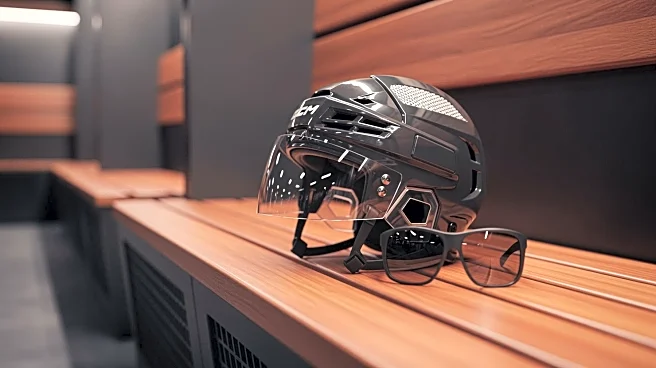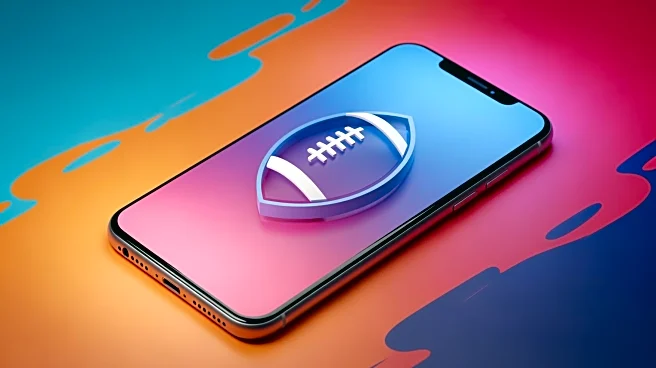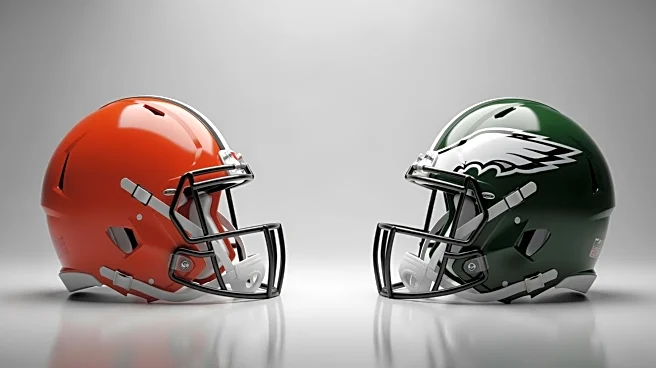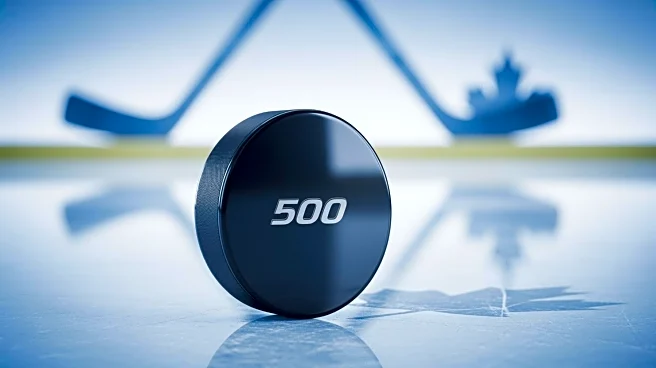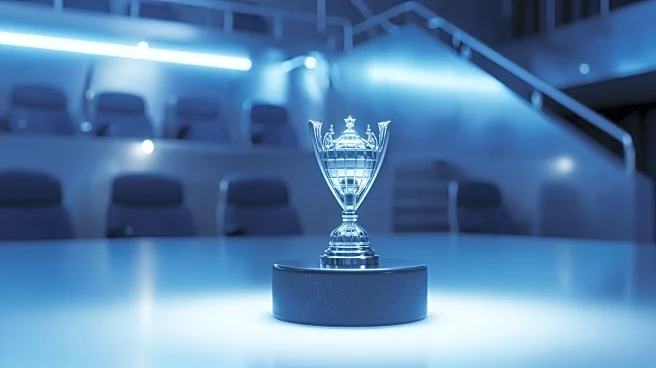What's Happening?
The National Hockey League (NHL) has recently relaxed its dress code, allowing players to dress in a manner consistent with contemporary fashion norms. This change marks a significant departure from the
league's previous requirement for players to wear suits, as stipulated in the former collective bargaining agreement. The new rules have enabled players to express themselves through fashion, mixing and matching different materials and brands. Teams like the Toronto Maple Leafs and Utah Mammoth have showcased their players' outfits on social media platforms, engaging fans who rate these fashion choices on Instagram and TikTok. This shift aligns the NHL with other sports leagues that have embraced fashion as a means of enhancing player image and fan interaction.
Why It's Important?
The NHL's decision to relax its dress code is significant as it opens new avenues for the league to engage with the fashion industry, potentially expanding its fan base and business opportunities. By allowing players to express themselves through fashion, the NHL can attract a younger, fashion-conscious audience, similar to other leagues like the NFL and Formula 1 Racing. This move could lead to increased collaboration between the league and fashion brands, fostering mutual growth. However, the NHL's historical resistance to change raises questions about how far this fashion integration will go. The league's ability to nurture this relationship with the fashion industry could determine its success in capitalizing on these opportunities.
What's Next?
The NHL's embrace of fashion could lead to further developments, such as teams hiring stylists for players or the league promoting players' fashion choices more actively. These steps could enhance the league's image and create new marketing opportunities. However, given the NHL's conservative history, it remains uncertain whether these changes will be fully realized. The league's progress in integrating fashion will likely be gradual, with potential resistance from traditionalists within the organization. The success of this initiative will depend on the league's willingness to adapt and innovate in response to evolving cultural trends.
Beyond the Headlines
The NHL's shift towards fashion highlights broader cultural changes within sports, where athletes are increasingly seen as influencers beyond their athletic performance. This development reflects a growing recognition of the importance of personal branding and image in sports, which can impact players' marketability and career opportunities. The integration of fashion into sports also raises ethical considerations regarding inclusivity and representation, as players from diverse backgrounds may have different fashion preferences. The league's approach to these issues will be crucial in ensuring that the fashion initiative is inclusive and representative of its diverse player base.
